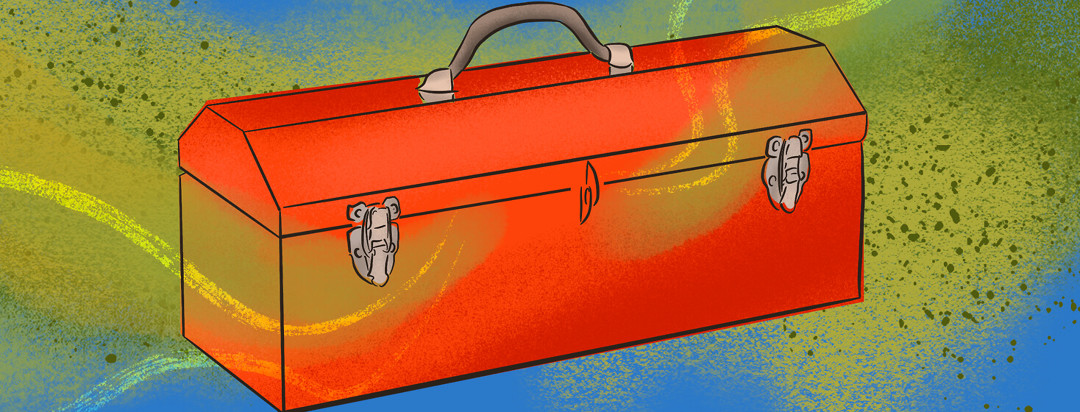Is Marijuana a Treatment Option for People with Parkinson's Disease?
The stigma surrounding marijuana has been fading for some time. In recent years, it has been fully legalized for medical use in 33 states and Washington, D.C., though it is still not approved by the U.S. Food and Drug Administration (FDA).
Many users, and even a number of healthcare professionals, tout marijuana – also known as cannabis – as a treatment for a huge number of symptoms and diseases, including neurological conditions like Parkinson’s disease (PD).
In a recent survey, doctors reported that 80 percent of their PD patients had used cannabis. But research into the effects and potential medical benefits of cannabis is very new. If you or a loved one has been diagnosed with PD, there are a number of things you should know about medical marijuana before you try it.1
What exactly is cannabis?
Cannabis, another name for marijuana, comes from a plant called Cannabis sativa. It contains two main compounds: tetrahydrocannabinol (THC), and cannabidiol (CBD). The THC is what causes the “high,” or mental effects. The CBD has much lower, if any, mind-altering effects. It is the compound researchers believe may have medical benefits. It is commonly used as a sedative, to prevent nausea, or to increase the appetite.2,3
How is cannabis consumed?
Cannabis can be consumed in many different ways. Some prefer to smoke the plant’s dried leaves, but it can also be taken as a pill, liquid, or nasal spray.1,2
How does cannabis work in the body?
One of the systems within the body is called the endocannabinoid system. It is made up of two kinds of receptors – CB1 and CB2 – that link to brain cells and control some physical functions. When you take cannabis, the CBD binds to those receptors, though scientists still do not fully understand how the body reacts.1
Research shows that people with PD have fewer CB1 receptors than people without PD, so there is a hypothesis that boosting the CB1 receptors by taking cannabis could improve some symptoms. However, there is still too much conflicting data for scientists to say with any certainty that it is an effect treatment.1,3
Have studies shown that cannabis is an effective treatment for Parkinson’s disease?
In short: no. Some clinical studies have looked at whether using cannabis can reduce tics, tremors, dyskinesia, and other motor symptoms, with mixed results. In some studies, patients taking marijuana experienced fewer symptoms like psychosis, sleep interruption, tremors, and slowness. In other studies, participants reported that their dyskinesia and tremors did not improve.1,2
Many of the studies that have been conducted did not use the double-blind format of a standard clinical trial or only included a small number of participants. As a result, doctors do not yet have enough evidence that cannabis is an effective treatment for PD.1
Can cannabis have any negative side effects?
Yes. Dosages and formulations can vary widely, which means some strains of cannabis contain different levels of THC and CBD than others. Side effects can depend on those levels. They commonly include fatigue, headache, anxiety, or impaired cognitive function. In other words, the wrong dose could get you very high.3
Should I try cannabis?
Federal law prohibits your doctor from writing a prescription for marijuana or any cannabis product. In states where it is legalized for medical use, a qualified doctor can give you a certification that will let you obtain medical marijuana. Some states have additional requirements.2
It is very important to talk to a doctor before starting any treatment, especially cannabis. A conversation can help you determine if cannabis might be worth trying for you or your loved one with PD. Keep in mind that research is ongoing, and there is a lot the medical community still needs to learn about this particular drug.

Join the conversation